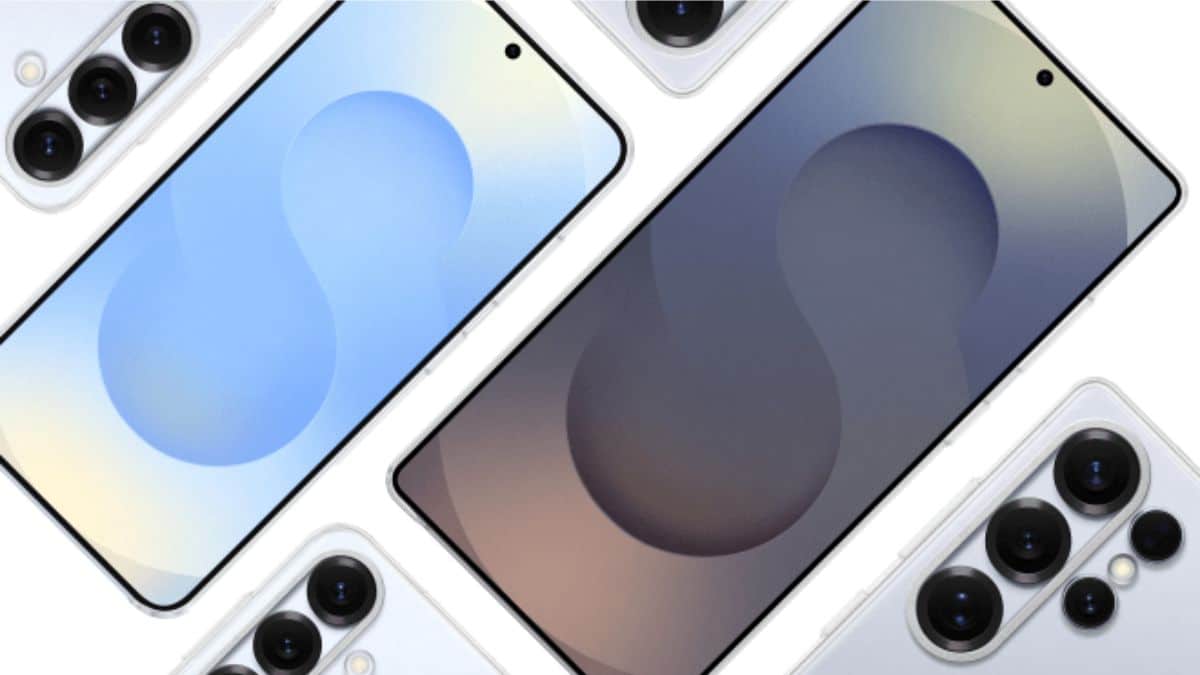HIGHLIGHTS
- The Samsung Galaxy S25 series is set to be officially unveiled in just a few hours.
- Rumors about the Samsung Galaxy S26 series have already begun circulating.
- The Samsung Galaxy S26 Ultra is expected to feature a 200MP periscope telephoto lens.

Samsung is preparing to host its highly anticipated Galaxy Unpacked event in just a few hours. While the Galaxy S25 series has yet to be officially launched, rumors are already circulating about the next-generation Galaxy S26 lineup. After recent reports suggesting the potential use of silicon carbon battery technology in the Galaxy S26 series, a new leak has surfaced, offering insights into the camera setup of the Samsung Galaxy S26 Ultra.
Samsung Galaxy S26 Ultra camera details
The current Samsung Galaxy S24 Ultra features a quad-camera setup, including a 50MP periscope telephoto lens. The upcoming Galaxy S25 Ultra is expected to retain this same configuration. However, a recent leak indicates that the Galaxy S26 Ultra will feature an even more advanced periscope telephoto lens.
According to a post by renowned tipster Digital Chat Station, Samsung is currently testing a new 200MP periscope telephoto camera sensor. This sensor is reportedly equipped with an optical size of 1/1.5 inches. If these reports are accurate, the 200MP periscope telephoto could become one of the standout features of the Galaxy S26 Ultra.
While this sensor has yet to be officially released, Samsung’s Galaxy S Ultra series has historically served as the launch platform for the company’s latest camera innovations. As such, it is highly likely that this 200MP periscope telephoto sensor will make its debut in the Galaxy S26 Ultra.
The inclusion of a 200MP periscope telephoto camera would significantly enhance the device’s ability to capture distant subjects without compromising image quality. Chinese manufacturers, including Vivo with its X100 Ultra, Vivo X200 Pro, and Honor with its Magic 7 Pro, have already integrated similar sensors into their devices. It will be interesting to see how Samsung implements this technology in its own flagship phone.


